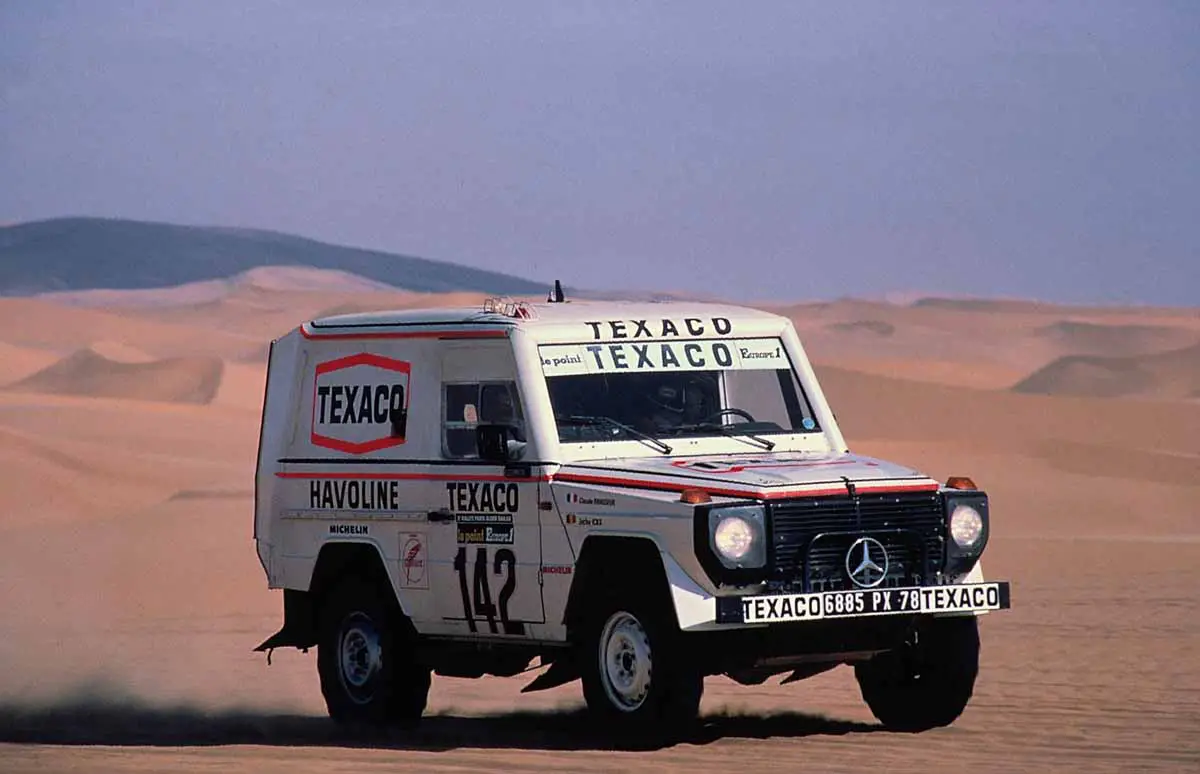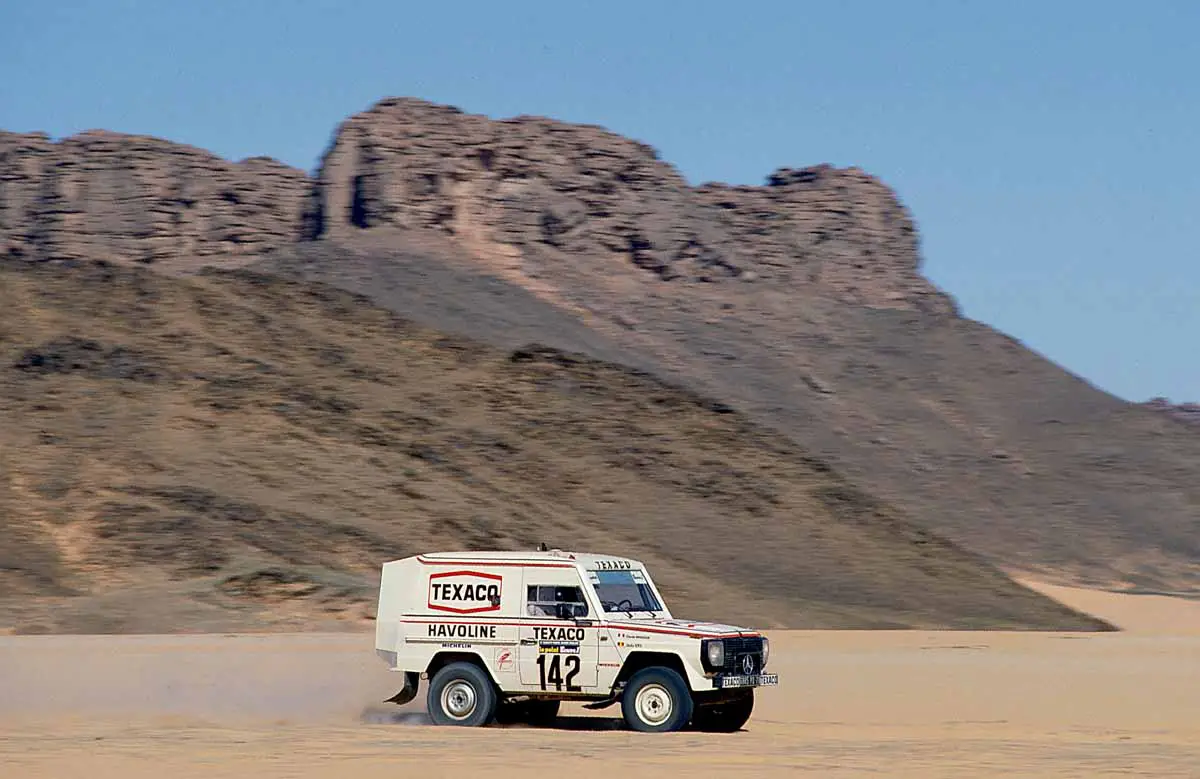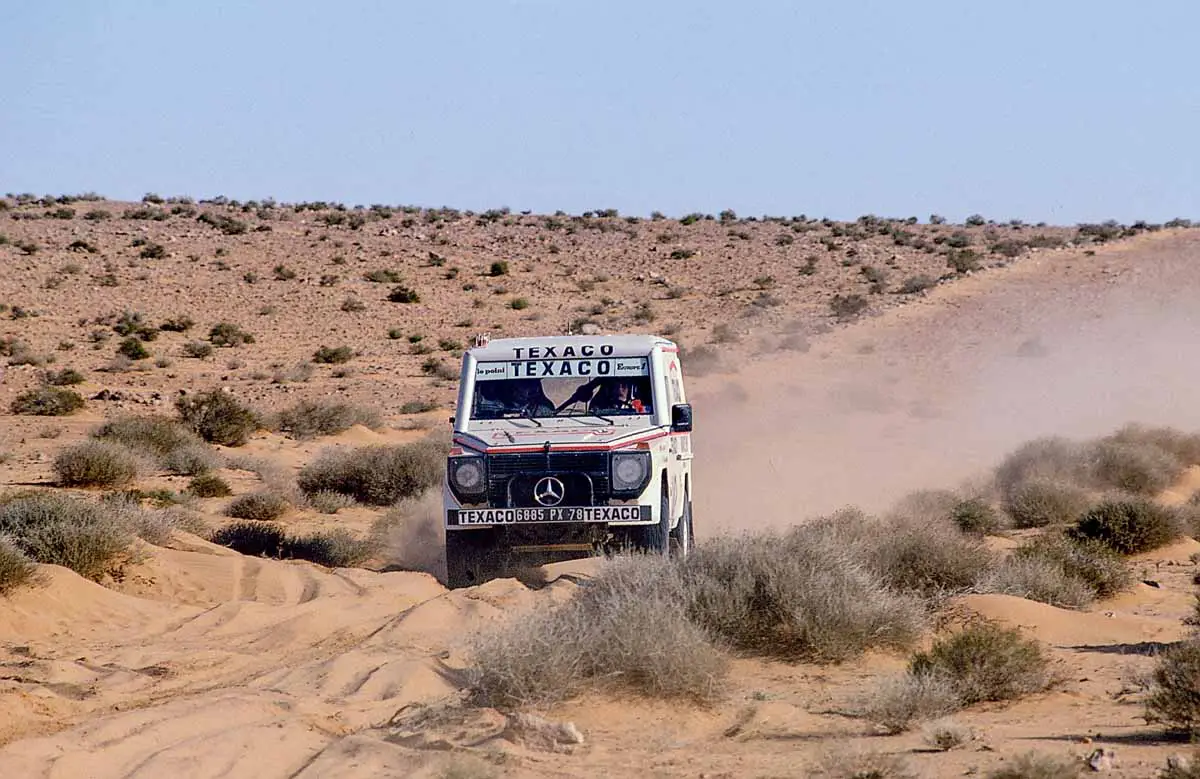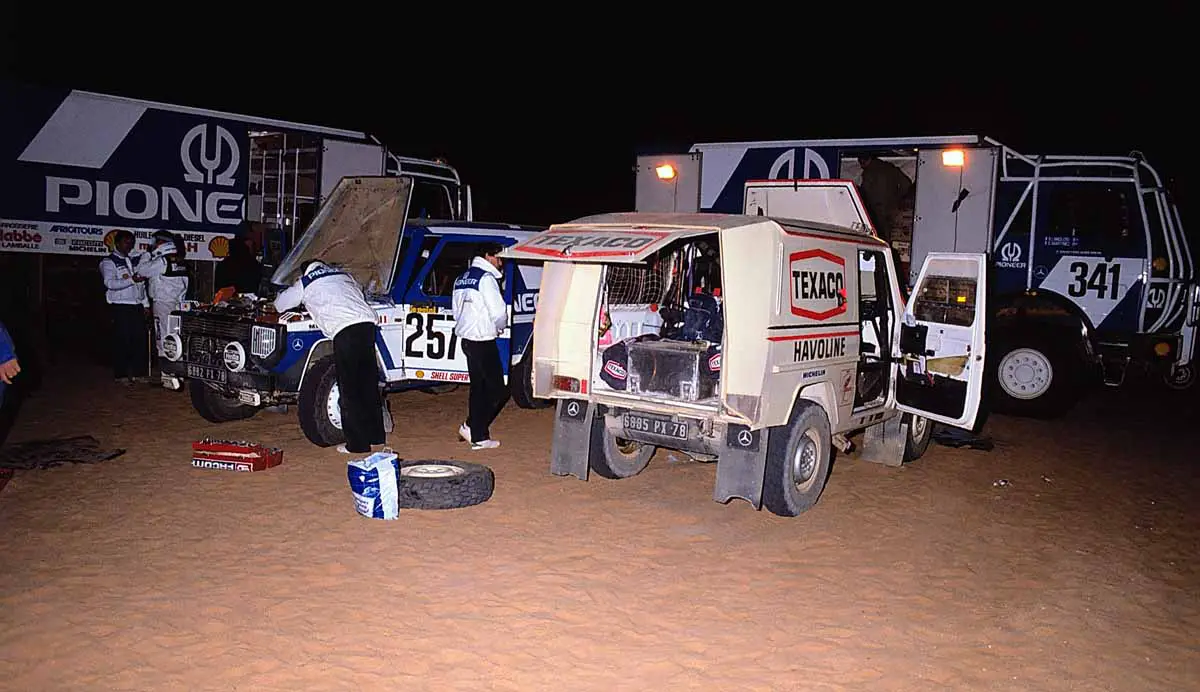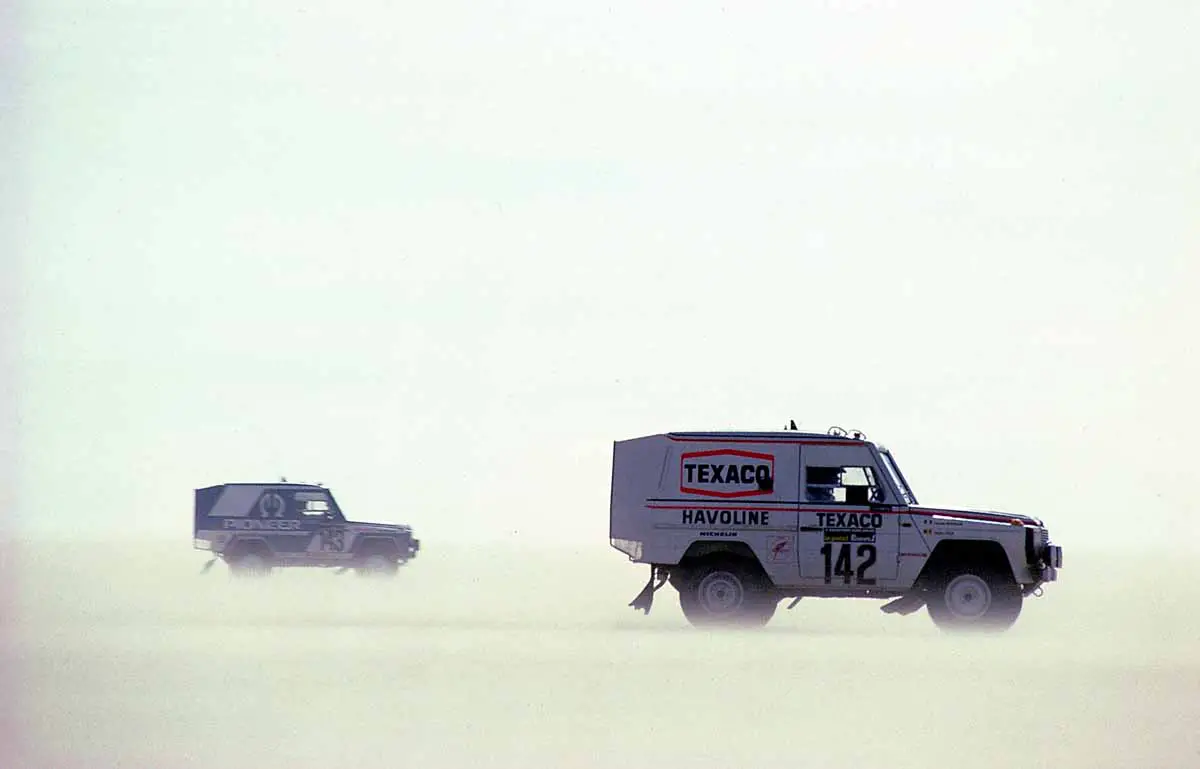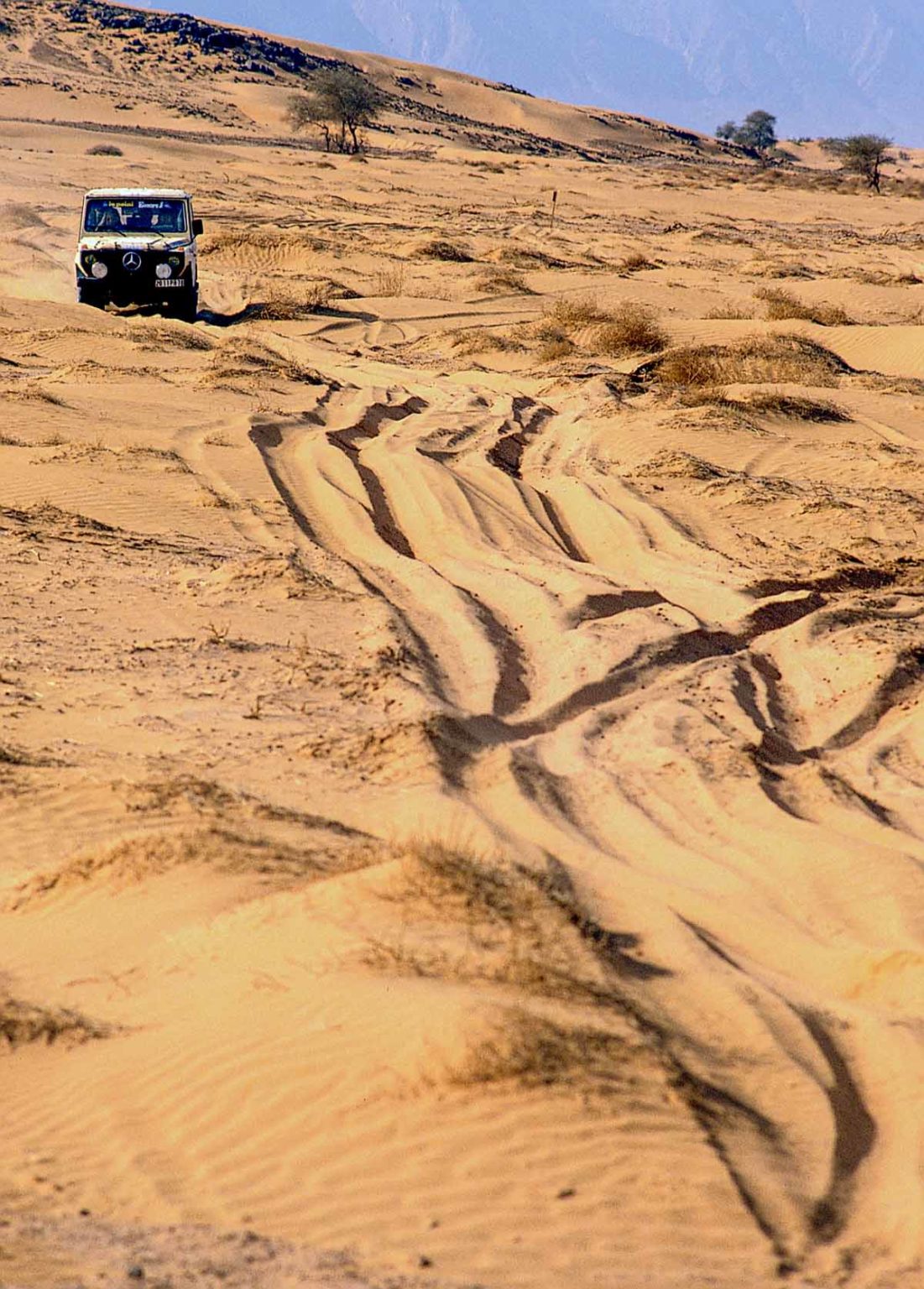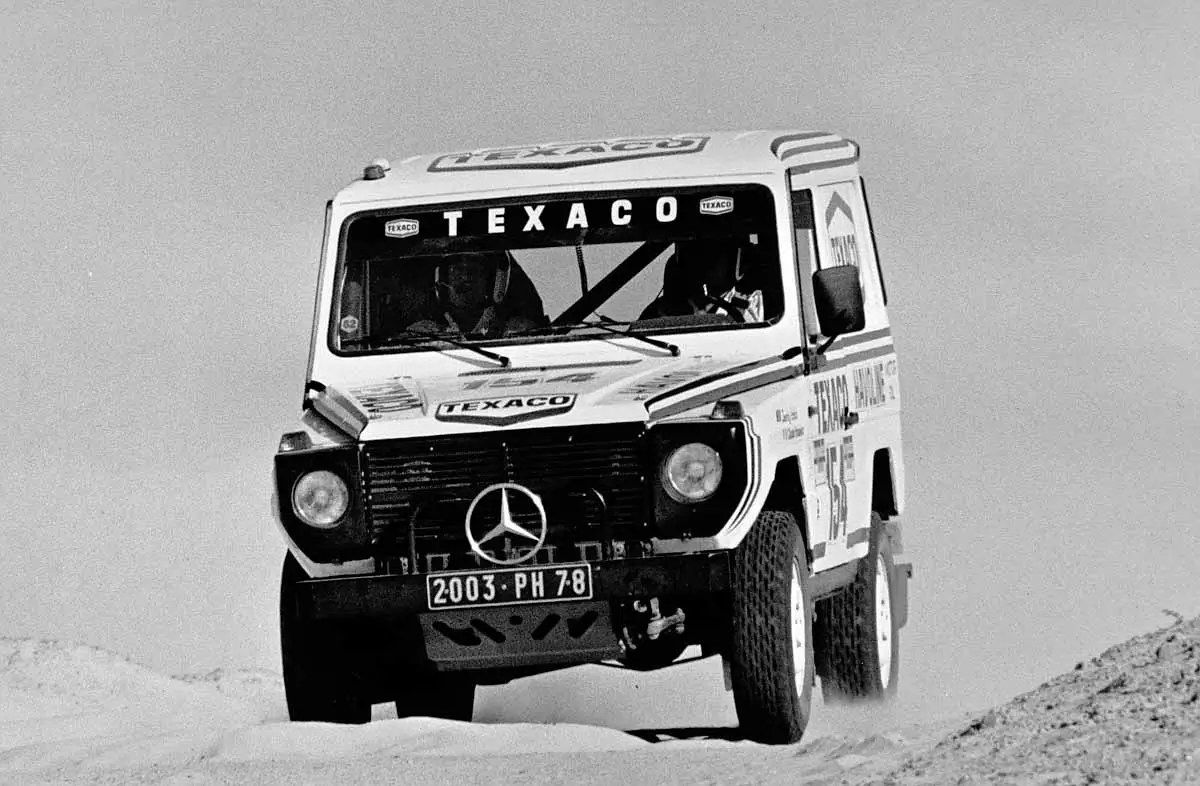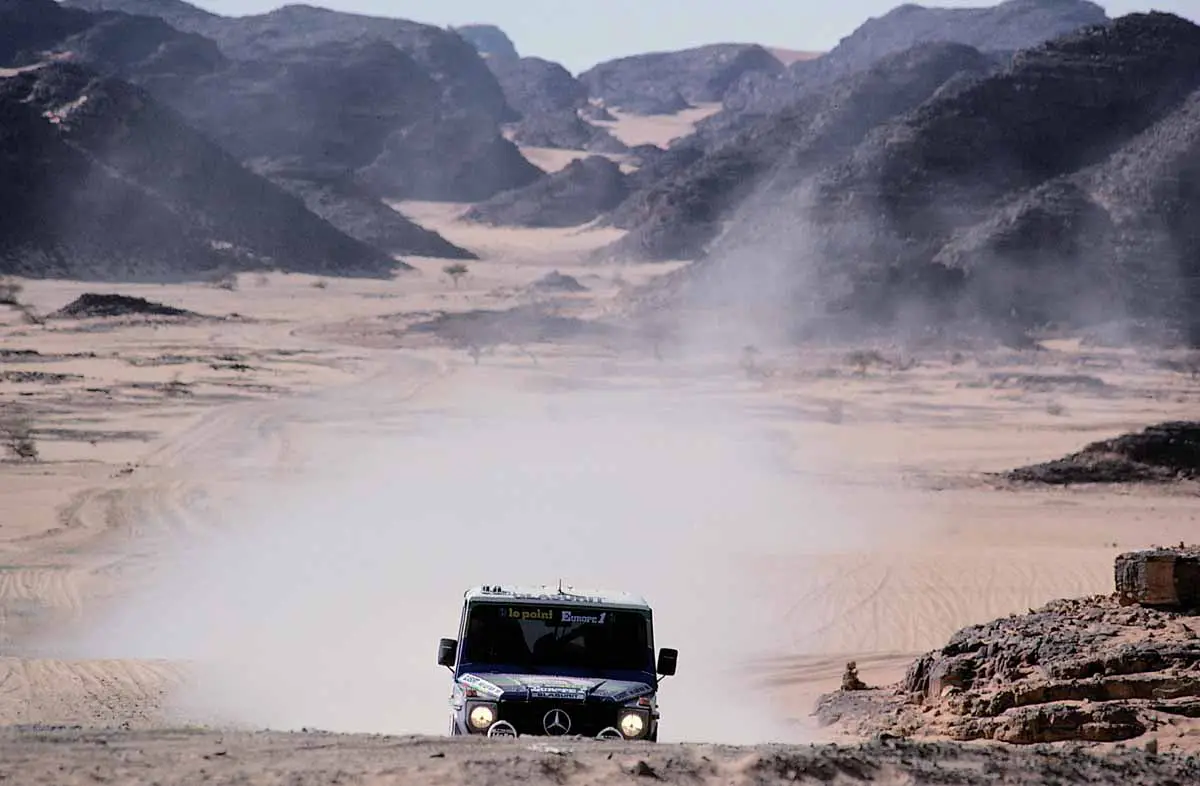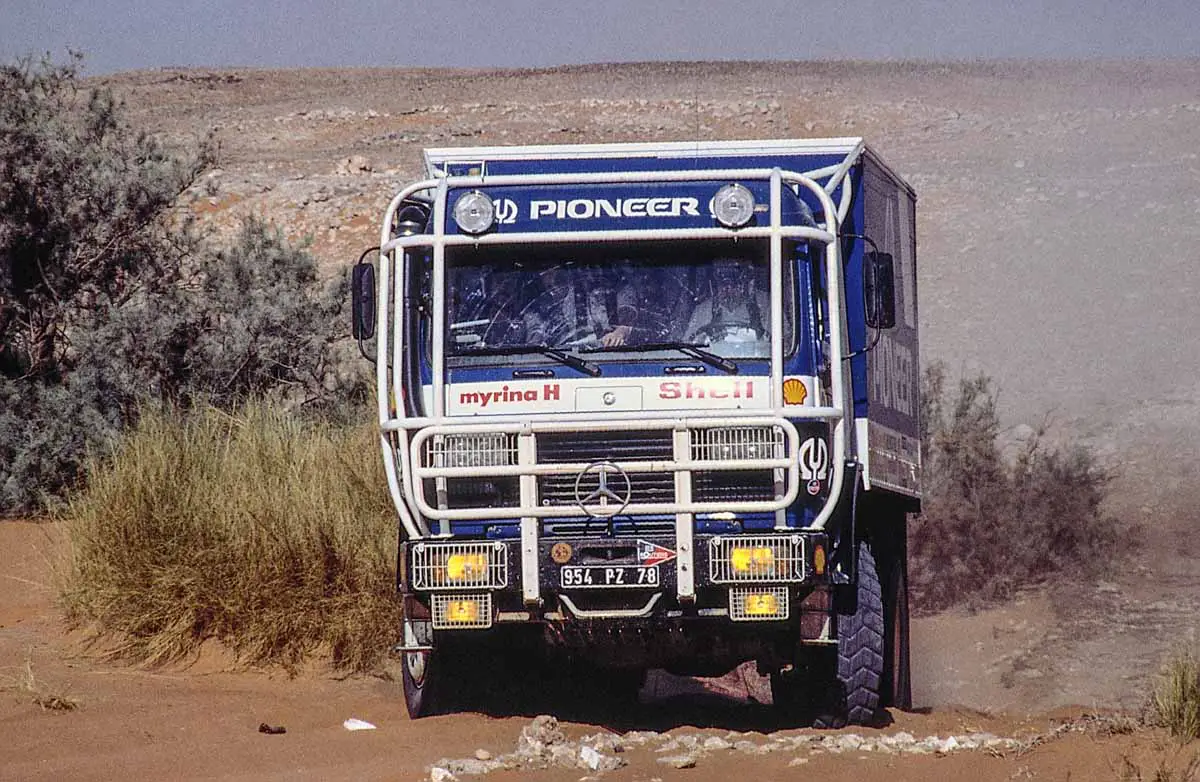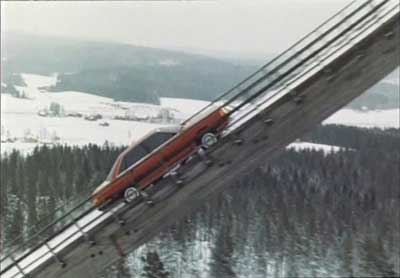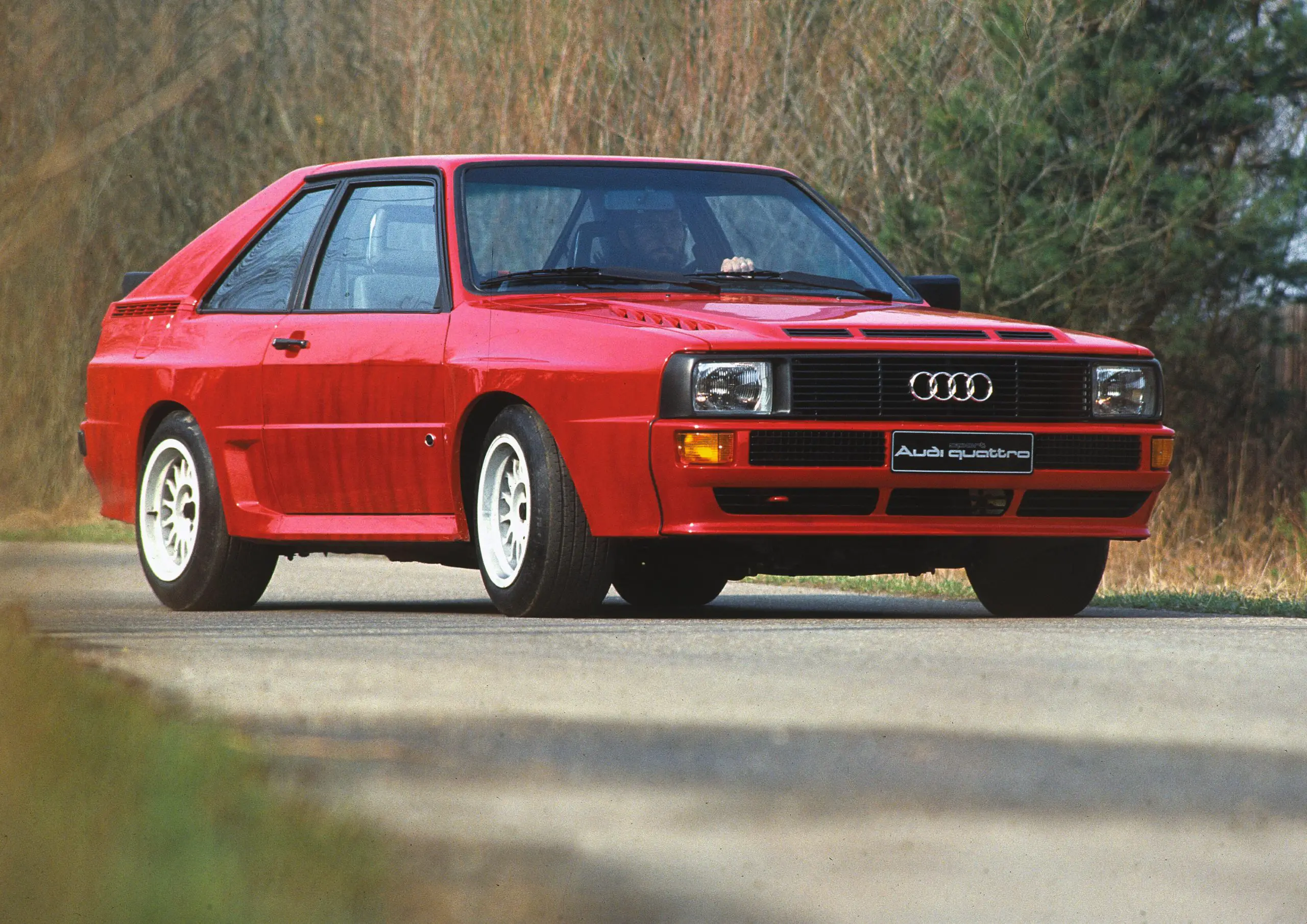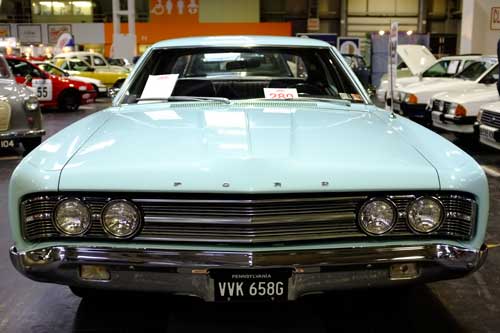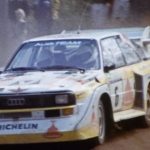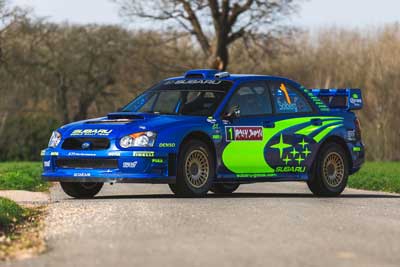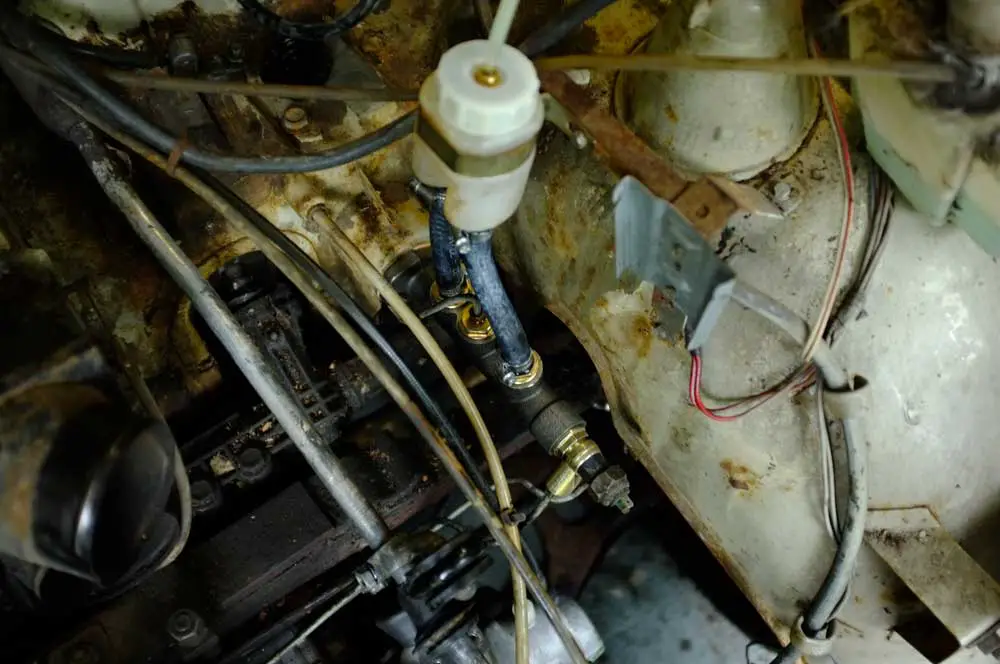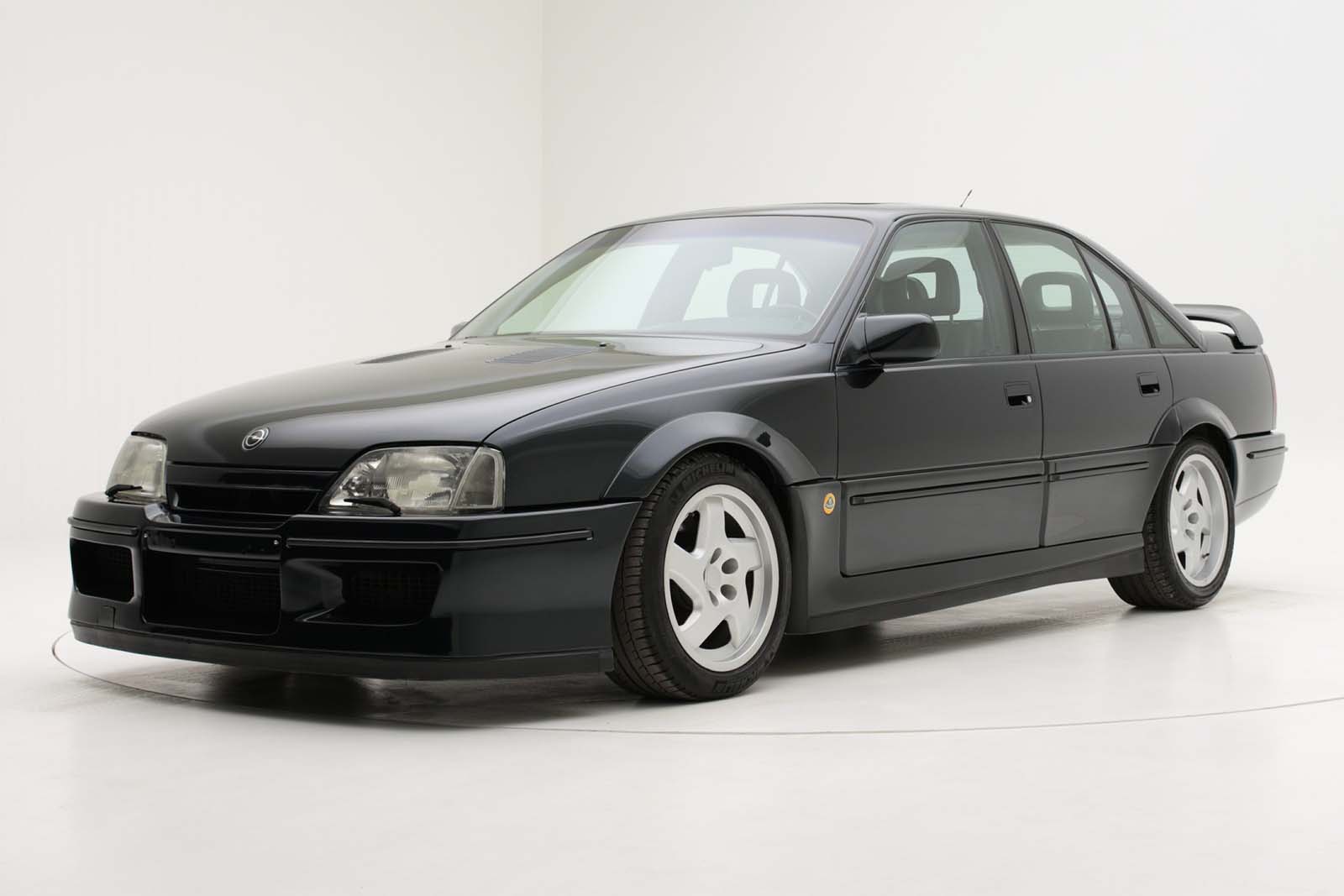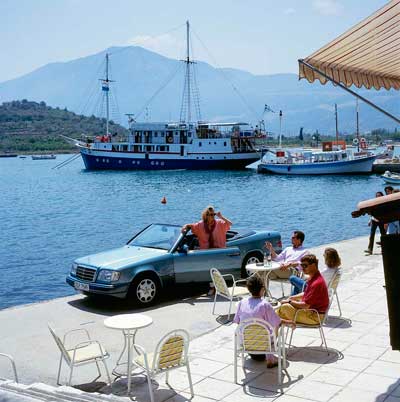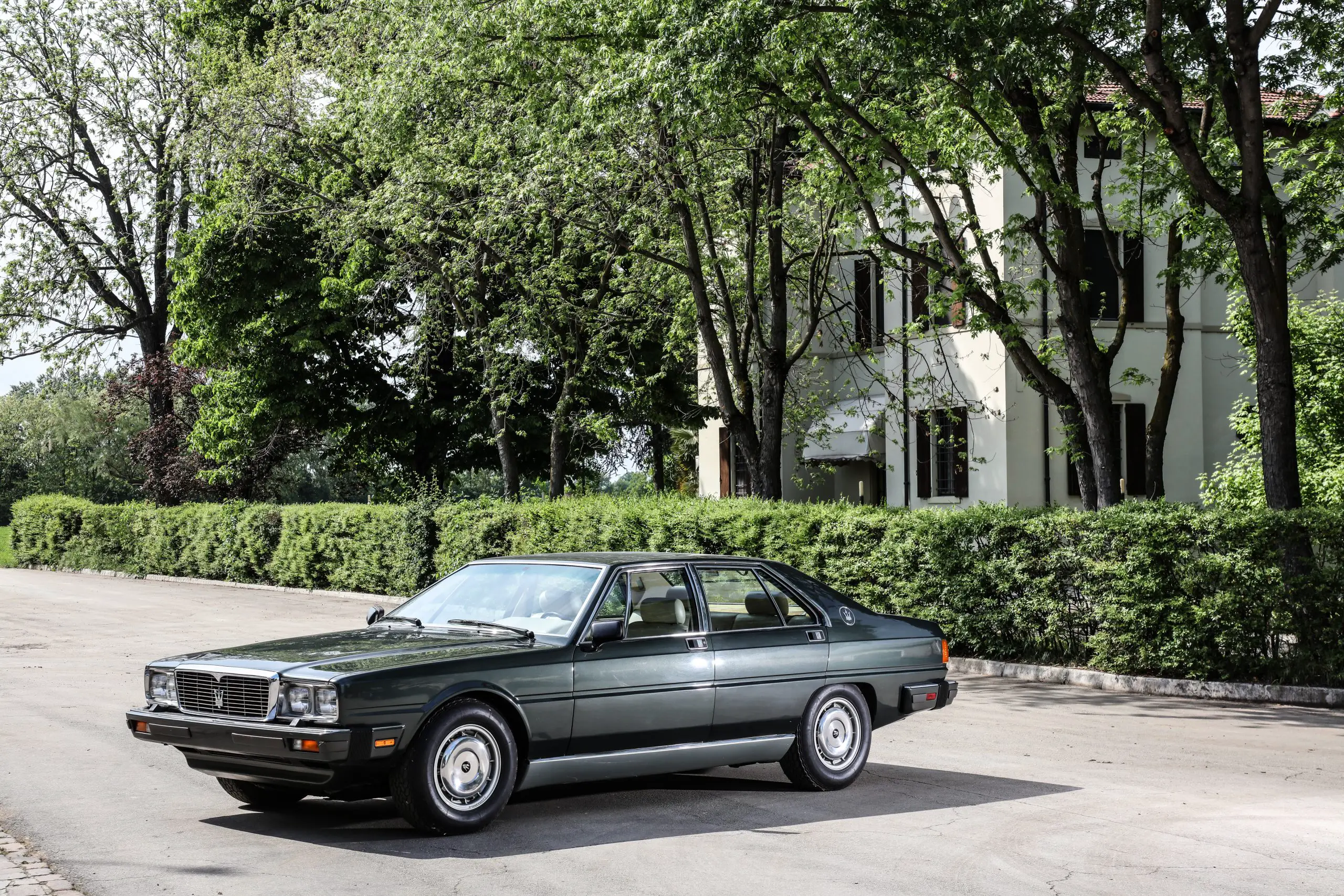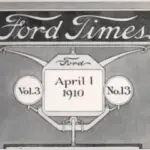
In 1983 Jacki Ickx Drove The Mercedes 280 GE To A Paris Dakar Win
Some 40 years ago back in 1983 Jacki Ickx and Claude Brasseur provided Mercedes another Paris Dakar win in the 280 GE.
The Mercedes entry was managed by Mercedes-Benz France with engineers from Germany providing assistance with the development of the engine and body.
1983 was to be the fifth running of the event and it was growing in popularity each year. Several hundred competitors would set off early from the Place de la Concorde in Paris on the 1st January.
20 days of extremely demanding stages later, through the Ténéré in the south of the Sahara and in the North of Niger a reduced field reached the finish. Between 10,000 and 12,000km would be covered by each of the bikes, cars and trucks to reach the finish.
Since the beginning the Paris Dakar rally has attracted many renowned car and motorcycle manufacturers to compete across the African desert. Mercedes are no exception and the winning car from 1977 was a W123 280 E.
The Dakar was invented by car and motorcycle racer Thierry Sabine, who was sadly killed in the 1986 running of the event. It no longer races to Dakar, where the race went in 1983, but is contained entirely within Saudi Arabia, and has been since 2019. Before then, from 2009, the race was held in South America.
M 110 Engine Development
The engine used in the Mercedes 460 280 GE Paris – Dakar winner was developed by Mercedes-Benz France. Customer Service manager Gunter Latour had a good relationship with Mercedes-Benz in Untertürkheim and secured graduate engineer Georg Berkmann, who was responsible for the combustion process of passenger car engines in commercial vehicles.
For the Dakar rally, he reworked the 280 M 110 six cylinder engine. The M 110 280 was used in the 1977 winning 123 series car in probably the longest rally in motorsport history. Andrew Cowan, Colin Malkin and Mike Broad took first place in the London – Sydney rally marathon over a period of over six weeks and some 30,000 kilometres.
Georg Berkmann took the standard 185 hp M 110 as the basis and he set about extracting more power from the unit. In comparison, the M 110 in the 280 GE of 1979 put out 156 hp. The young engineer used camshafts from the R 107 series 280 SL that were intended as a performance upgrade for the model. This combination gave the Paris – Dakar engine around 197 hp. One of the technical solutions used was to take the 123 level control hydraulic pump used in the estate to cool the manual transmission.
In the desert the main problems are extremes temperatures, with dust and poor fuel quality. Berkmann relocated the air intake to the car interior where the temperatures are often lower and there is a lot less dust.
To deal with the variable, and often poor, quality of fuel he marked the distributor with red and yellow lines so the teams could adjust the ignition timing if the engine started to knock.
In order for this adjustment to be quick on the move, he attached a 4 mm Allen key on a chain next to the distributor. Jacky Ickx was equally thorough in his preparation, he labelled each relay in order to help identify any defects quickly.
The new tuned engine allowed the somewhat un-aerodynamic 280 GE to reach a top speed of 175 km/h. That was 25 km/h faster than the standard car, but after the experience of the previous year the team knew that this pace would not be enough to stand a chance of winning. In 1982 the GEs finished third and fifth, and they wanted to better that, but not at the expense of reliability. obtaining more power out of the engine would compromise that so the aerodynamics were attended to.
Enhanced Aerodynamics
Berkmann enlisted the help of fellow German engineer Rüdiger Faul, who was responsible for the aerodynamics of various sports racing cars and the record breaking C 111 – IV which reached more than 400 km/h on the Nardo Ring in 1979.
Faul being somewhat pragmatic took a very practical approach to the problem. “I got myself some 70- millimetre-diameter plastic sewage pipes in the construction department of the Sindelfingen plant,” he said retrospectively. He set about the exterior by attaching pipe segments around the windscreen to optimise the air flow in that area. The rear received roof extensions along with the side walls and was given the nickname of “Little Bus Shelter”.
These modifications significantly reduced the air resistance and dropped the drag factor from 0.52 to 0.41 cd, a reduction of 20.5 %. Due to these aerodynamic changes, the top speed increased by 20 km/h to nearly 200 km/h and lowering fuel consumption by five litres per 100 km.
The Winning Pairing - Jacky Ickx & Claude Brasseur
The team of Jacky Ickx and Claude Brasseur might have seemed an unlikely pairing. Brussels born Ickx was one of the best racing drivers from the late 1960s to the end of the 1980s. He had won eight Grand Prix in Formula One and was runner up in 1970 and a six times Le Mans winner between 1969 and 1982. He added to his tally of victories with the Dakar in 1983 and had finished second the previous year.
Born in Brussels on 1 January 1945, Jacky Ickx was one of the best racing drivers from the late 1960s to the end of the 1980s. Between 1966 and 1979, he won eight Grands Prix in Formula One and was the runner-up in 1970. He won the 24 Hours of Le Mans six times between 1969 and 1982. In the Paris–Dakar Rally, in addition to his victory in 1983, the Belgian finished fifth with the Mercedes-Benz 280 GE the previous year and second in 1986. “In 1982, we discovered the 280 GE.
You can push it to the limit and trust its engineering without reservation – that’s an asset for the Paris–Dakar Rally,” said Ickx in an interview shortly after his 1983 victory. He got on very well with his co-pilot Claude Brasseur. “We did not start out simply as colleagues, but as accomplices. That was certainly fundamental.” Brasseur, who died in 2020, was one of France’s most famous movie and TV actors at the time.
The 1983 Paris - Dakar Rally
In 1983 there were 193 cars buggies and trucks along with 111 motorcycles entered into the rally. The team of Mercedes-Benz France had already placed third and fifth places in the 1982 event, out of the top ten there were two more 280 GEs and a Mercedes-Benz prototype.
The near 12,000km route, depending on exactly which was you crossed the desert, took competitors from France via Algeria, Niger, Burkina Faso, Ivory Coast, Mali and Mauritania to Senegal. Navigation is probably the most important thing on the rally and can be the difference between winning and losing. Or getting lost!
The top car team of Jacky Ickx and Claude Brasseur took an early lead with the 280 GE but before the end of the stage in Agadez (Niger), Ickx reported a severe loss of power from his engine.
The Mercedes pit crew swapped the entire engine with that of a teammate, which is allowed within the rules where major assemblies can be exchanged with another vehicle in the competition. After the change, the pace resumed.
There were 20 daily stages varying between 300 and 1,000 km. Much equipment failed due to the harsh conditions of the rally, there were accidents, or even crashed due to exhaustion. Some didn’t finish the stage due to being out in the desert for so long.
Out of all the starters, only 61 cars and 28 motorcycles finished. Ickx and Brasseur were the overall winners in the car class beating the Lada of André Trossat and
Jean-Claude Briavoine. More G Class models finished in fifth, sixth and eighth places.
Mercedes even managed a double victory this year as the first support truck home was the 355 hp Mercedes-Benz 1936 AK all-wheel drive truck of Georges Groine, Thierry de Saulieu and Bernard Malfériol.
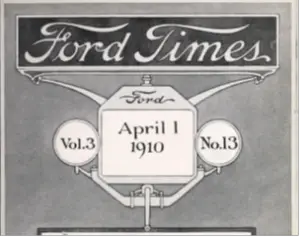
Ford’s Heritage Vault Makes The Ford Times Magazine Available To The Public
Ford’s expansion through the early 20th century was something to behold, the rapid growth of the company and the success of the Model T led
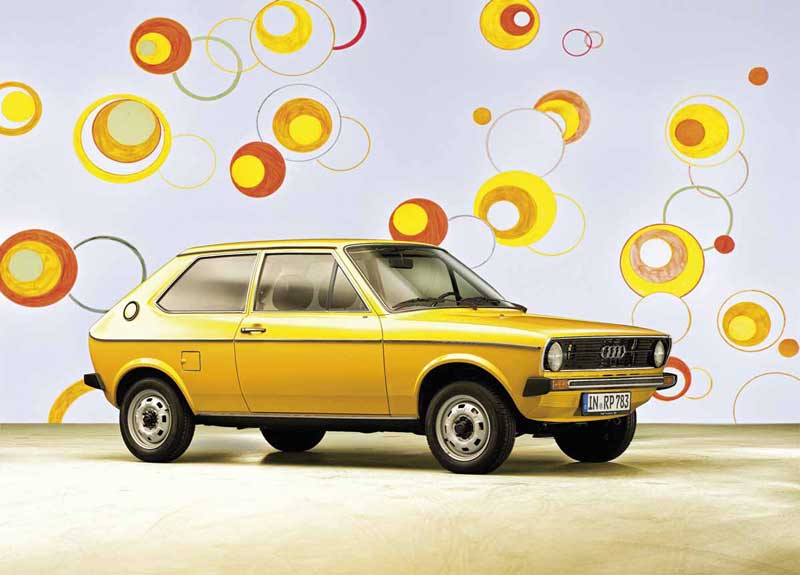
The Audi 50 At 50, Germany’s First Small Car
The Audi 50 that was the basis for the VW Polo is now 50. The small car was developed ahead of the oil crisis of
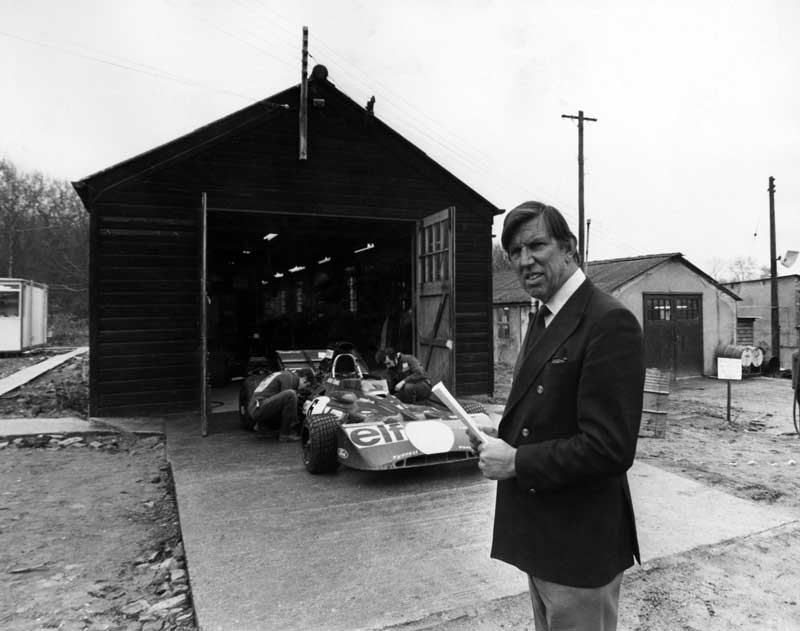
The Best Things Happen In An English Shed, Especially The Tyrrell Shed At Goodwood
The Tyrrell Shed once home of the World Championship winning Tyrrell Formula 1 team has been relocated to Goodwood and is set to open for
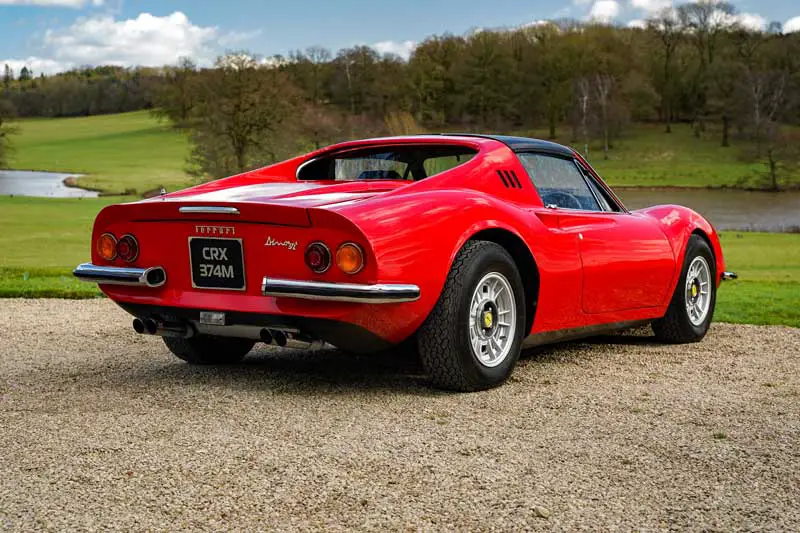
A 1973 Ferrari 246 Dino From The Manager Of Rock Legends Led Zeppelin Sold At Auction
Something of a piece of rock and roll history went for sale with the auction of Led Zeppelin manager Peter Grant’s old Ferrari 246 Dino
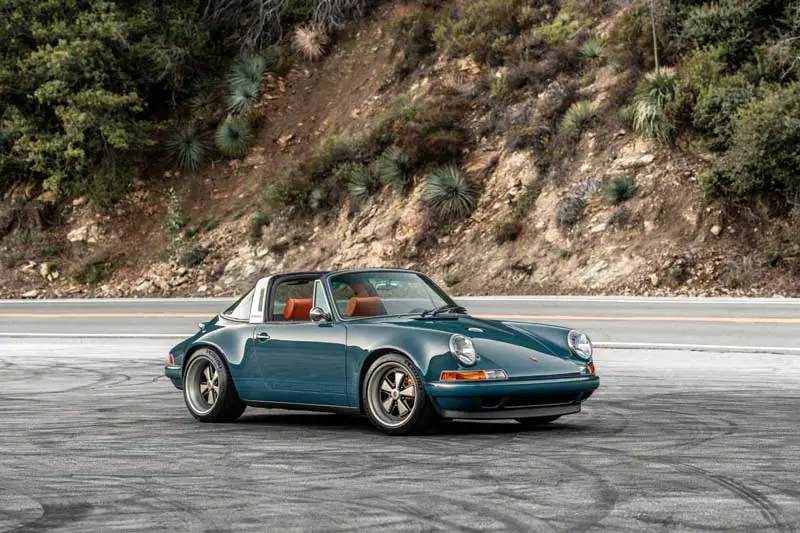
California Based Singer Has Completed Its 300th Restoration, The Sotto
Restomodders Singer have produced their 300th 911 already and it’s another964 based conversion called the Sotto. It’s almost hard to believe it was a964, though
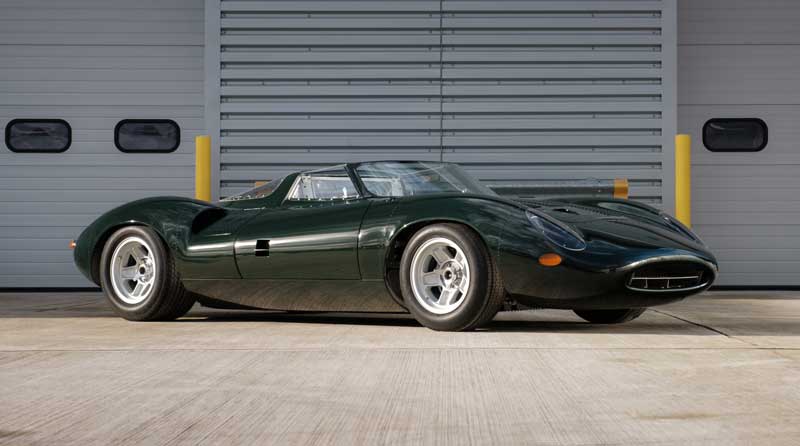
The True Spirit Of The Jaguar XJ13 Presented By JD Classics At Retromobile 2024
The masterpiece that is the Spirit of the XJ13 is unveiled at Retromobile 2024 by JD Classics of Chelmsford, England, and seen for the first
